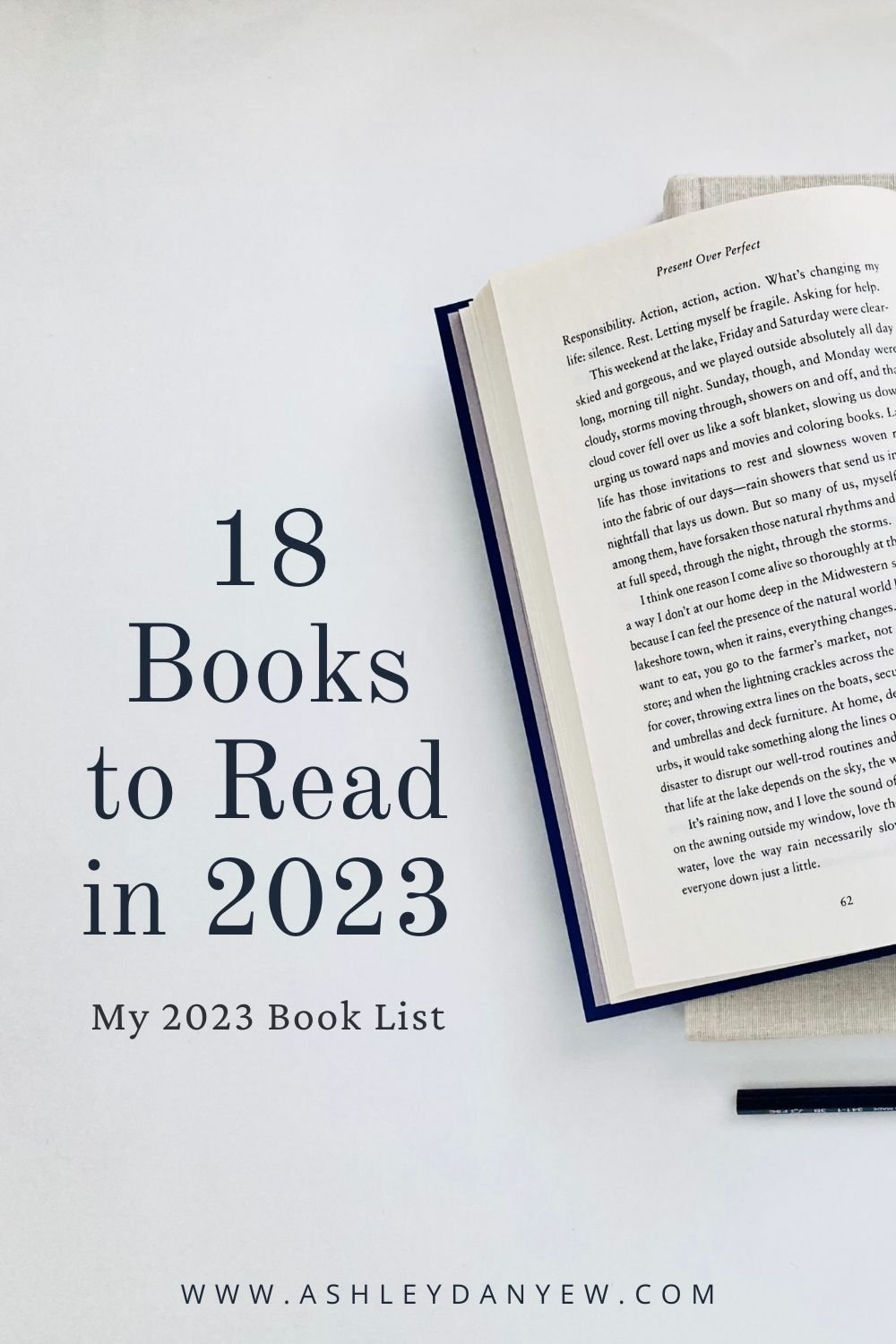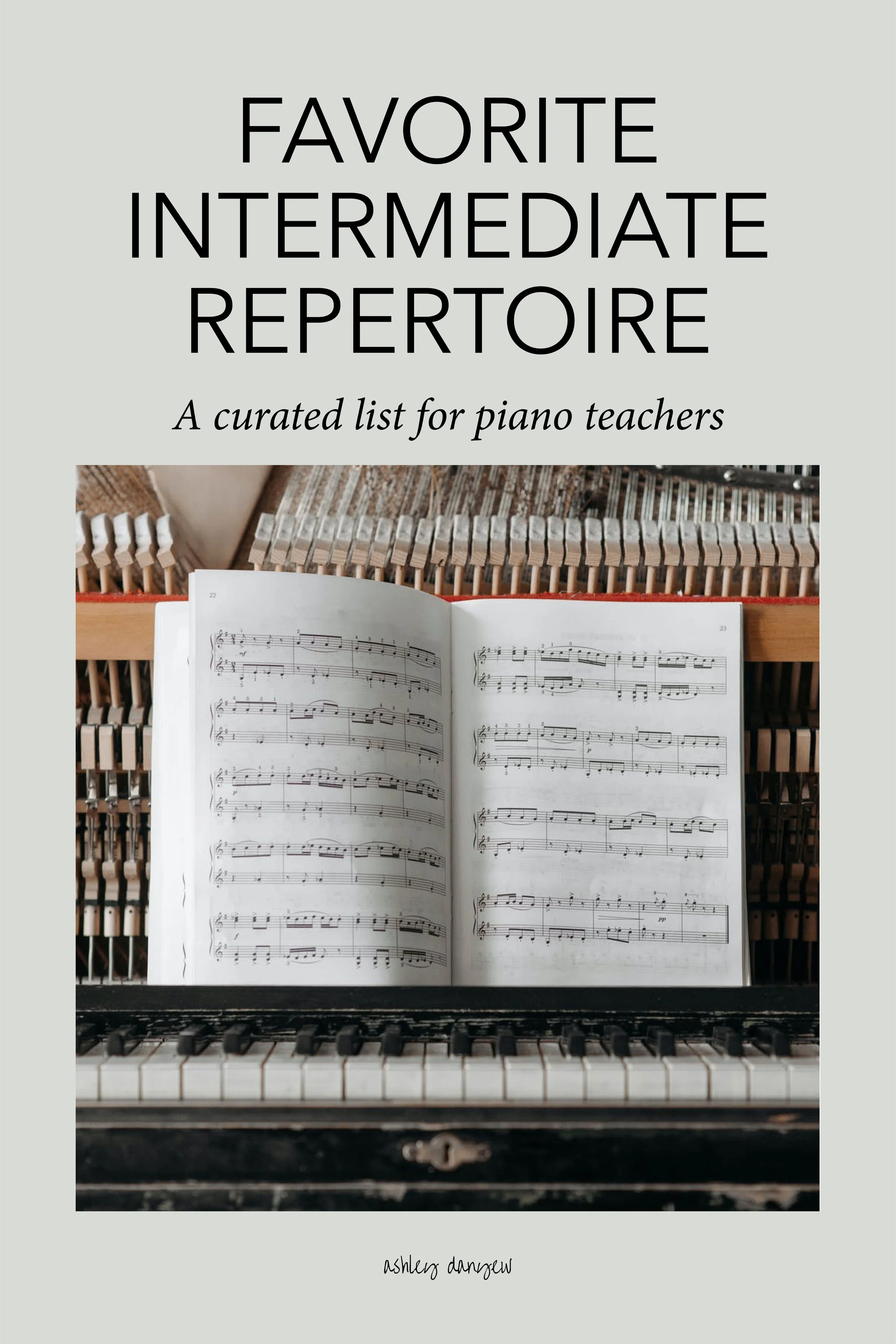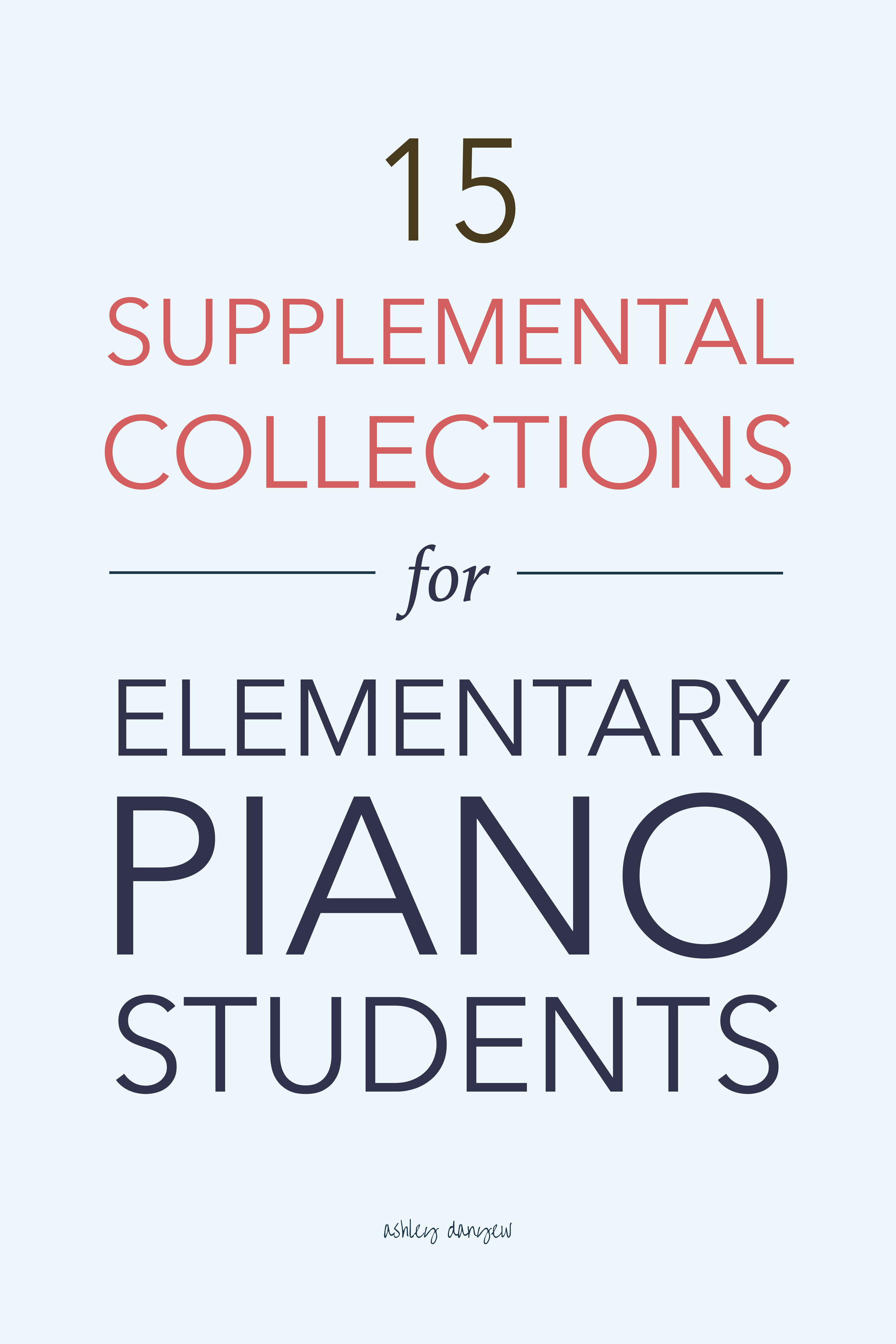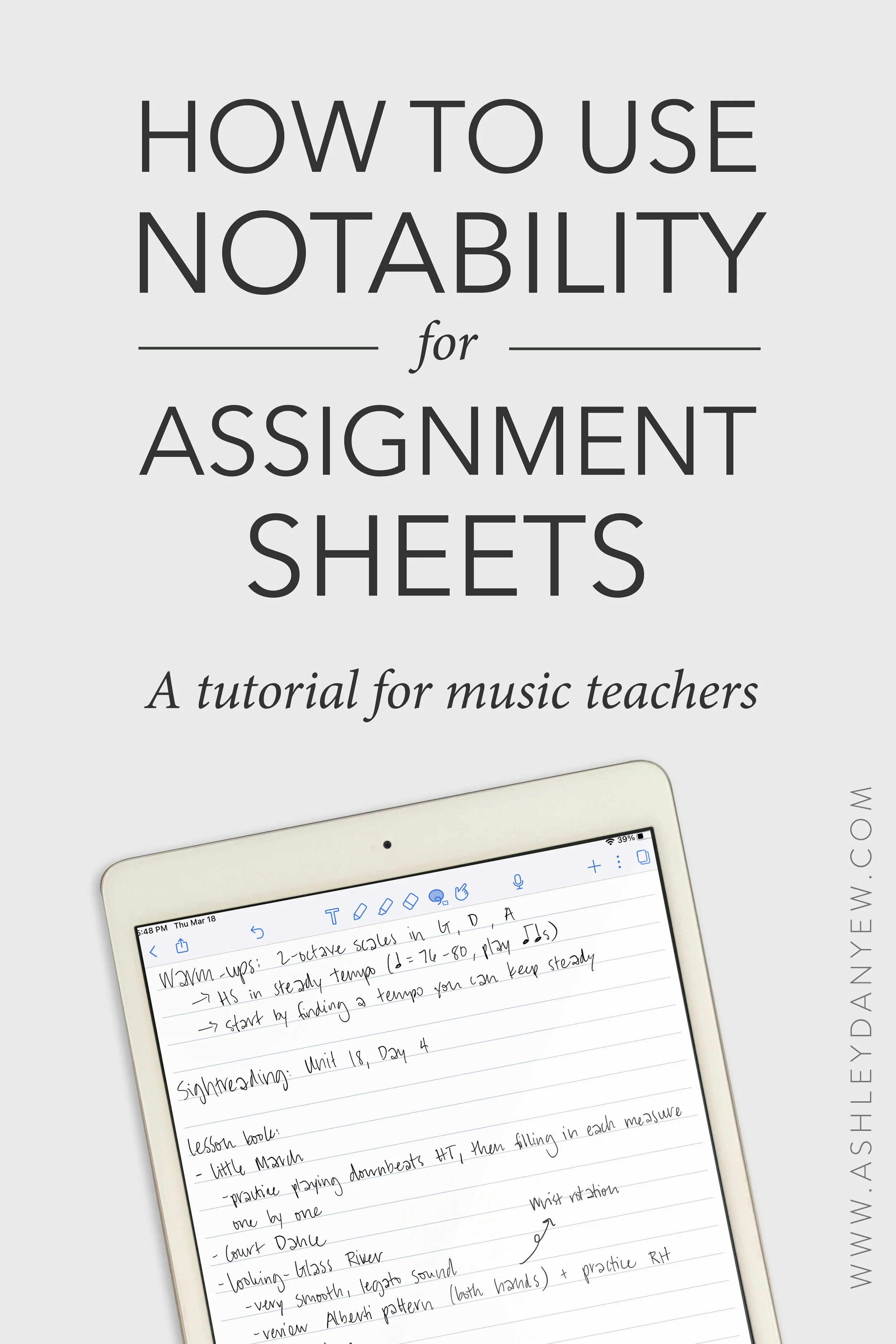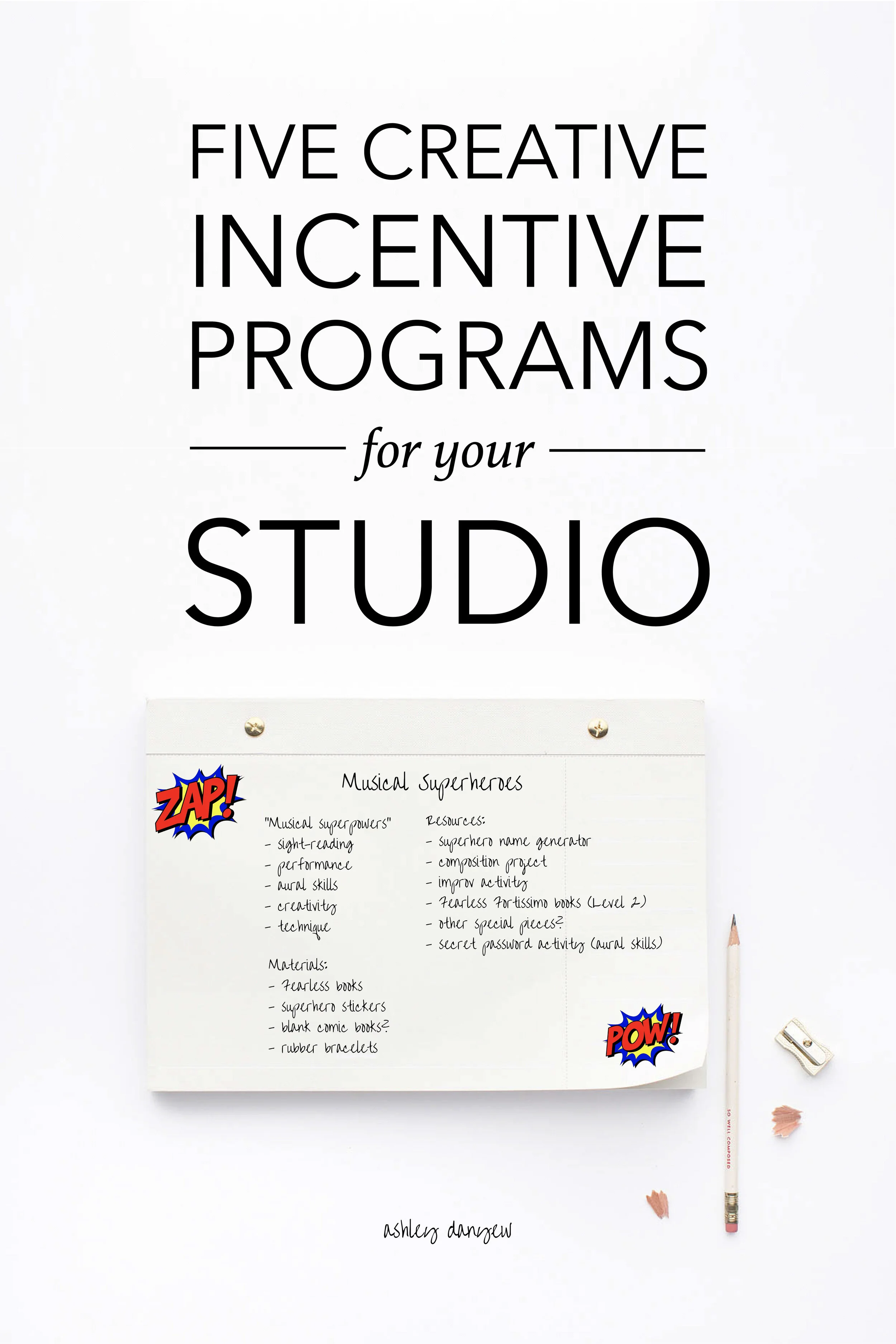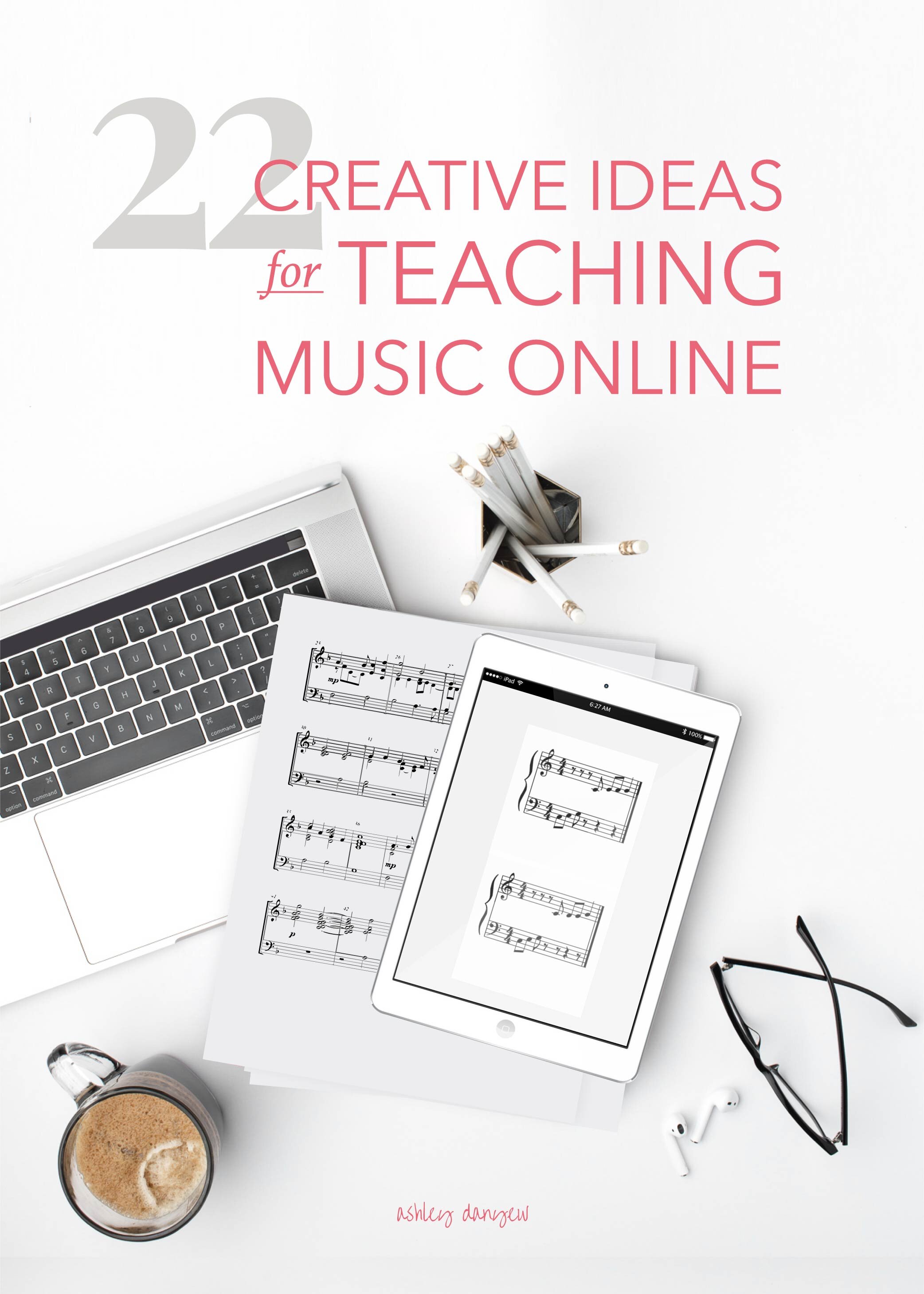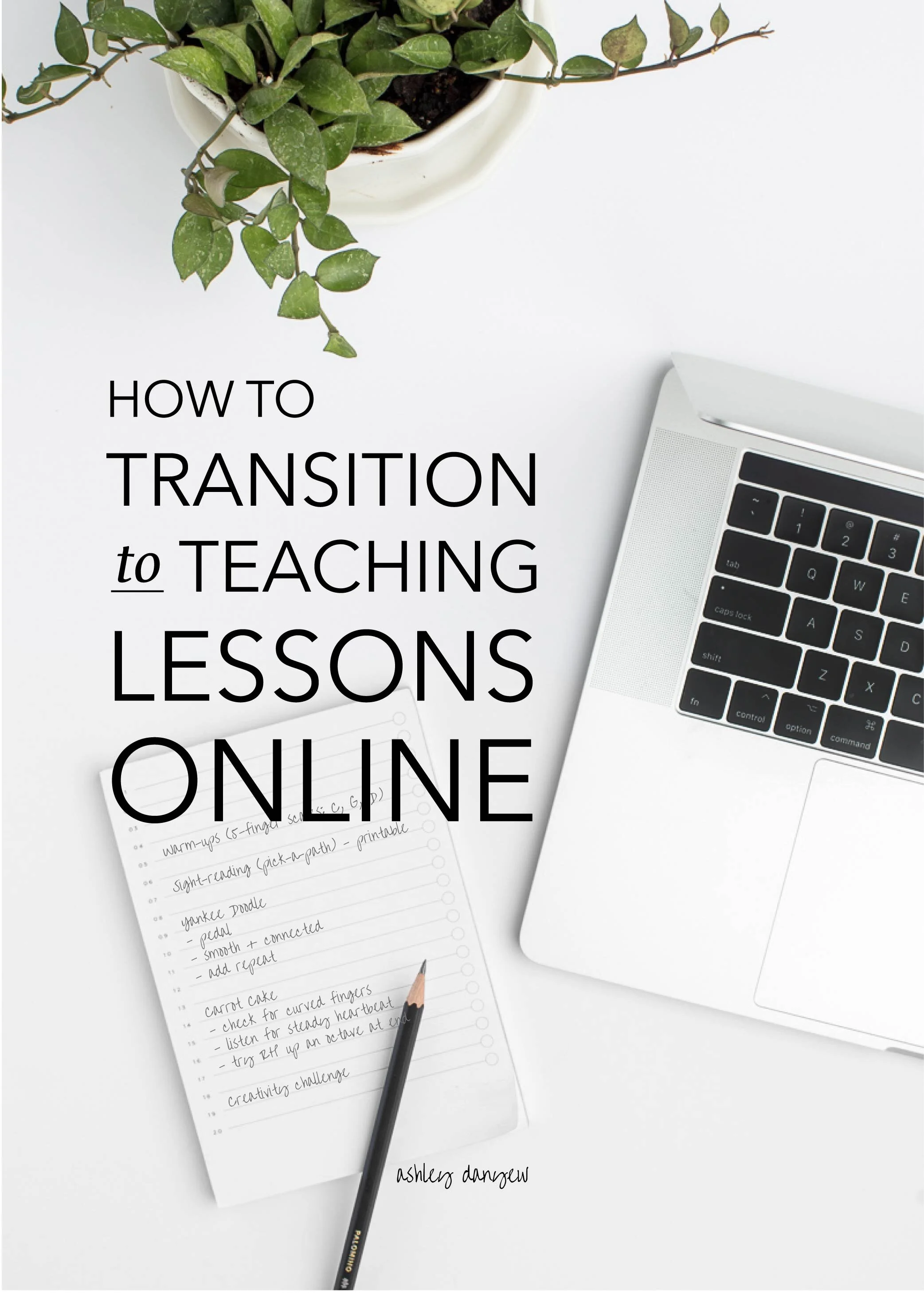I love working with beginning piano students.
Our lessons are always full of imagination and creative exploration—their eyes wide with excitement and wonder when they make a connection or discover something new—and I always learn so much about myself as a teacher as we walk those first steps in their musical journey together.
That being said, we all know that when learning a new instrument, productive practice time at home is essential to learning and developing as a musician.
Most of us see our beginning students for only 30 minutes a week, so time spent at the keyboard in between lessons can really make or break a student’s progress and the fulfillment they find in music-making.
Related content: Ep. 074 - What a First Piano Lesson Looks Like (Here’s My Lesson Plan)
Over the years, I’ve pulled together a list of helpful practice steps (mostly based on the suggestions in the Music Tree series). Add these into your young students’ lesson notebooks and practicing assignments, share them with parents, and work through them in your lessons together.
Practicing can be a little mysterious to those without much musical experience, so breaking down the process into small, easy steps can be a useful and effective way to help your beginning students develop successful practicing habits, from the very first lesson.
*Disclosure: Some of the links in this post are affiliate links, which means if you decide to purchase through any of them, I will earn a small commission. This helps support the blog and allows me to continue creating free content. Thank you for your support!
Teach Your Beginning Piano Students How to Practice:
6 Steps for Learning a New Piece and Practicing at Home
Note to teachers: I’m writing this to the student. Feel free to use this in lessons to teach your beginning students *how* to practice or write some of these questions into their assignment sheets.
Practice Step No. 1 - Preparation
Choose a piece you’re working on. What’s it about?
Think about how you want it to sound. Look at the name of the piece, the pictures, the words/lyrics, and any expressive markings (dynamic markings, slurs, and staccato dots).
Plan the sound before you begin. Is it loud or soft? Slow or fast? High or low? Are the notes smooth and connected or short and separated?
Related post: How to Channel Your Inner Five-Year-Old
Practice Step No. 2 - Rhythm + Movement
Feel the heartbeat of the music before you play.
Here are a few activities we can use:
Swing your arm like a pendulum (side to side, in front of your body) and speak the text with a strong rhythmic pulse. Use one full-arm swing for each quarter note and two full-arm swings for each half note. Then, try stepping the steady beat. Walk around the room and say the words.
Close the keyboard cover and tap the rhythm of the piece as you count or chant the words. Tap the right-hand notes with your right hand and the left-hand notes with your left hand. Then, try pointing to each note in the music as you count out loud.
In the beginning, we’ll start by counting “1” for each quarter note, “1-2” for half notes, “1-2-3” for dotted half notes, and “1-2-3-4” for whole notes.
Related post: 36 Ways to Use Rhythm Pattern Cards in Your Teaching
Practice Step No. 3 - Keyboard Positions
Look for places where you need to move your hand to a new position on the keyboard. Does it go higher or lower?
Find your starting hand position on the keys (remember to float up from your lap!) and practice these moves by floating (rather than sliding) to each new position.
Pretend you’re drawing a rainbow with your wrist as you move.
When you’re finished, float your hands off the keys and back to your lap. Remember, the piece isn’t finished until your hands are back in your lap!
Practice Step No. 4 - Sight-Reading
Let’s see what this piece sounds like!
When you’re ready, play it all the way through in a slow, steady tempo. Next, see if you can sing or speak the name of the first note and the interval and direction of each note that follows, like this: “Treble G, up a second, down a second, up a third, down a second, down a second.”
Can you spot all the skips in this melody? Let’s circle them.
Practice Step No. 5 - Evaluation
How did that go? Did the piece sound the way you thought it would sound? Is there anything you want to do differently next time?
Practice Step No. 6 - Creativity
Let’s make a new version of this piece.
Here are a few ideas:
Try switching parts for each hand, playing it in a different octave, playing it faster or slower (but still steady!), changing the dynamics, or adding some short, staccato notes if everything is smooth and connected (or vice versa). Try adding the damper pedal (the one all the way on the right) for an extra-special effect!
Give your new piece a name. Can you create a special ending for your piece?
Related post: 40 Ideas to Inspire Creativity in Your Students
Summary
Helping your elementary piano students develop effective practice habits from the beginning is vital to their musical growth and development. By incorporating structured, creative, and accessible practice steps into their routine, you can foster meaningful practice at home during the week. These six practice steps demystify the process for parents and empower young students to take ownership of their learning.
Here are those six steps once more:
Preparation
Rhythm & Movement
Keyboard Positions
Sight-Reading
Evaluation
Creativity
I’d love to hear from you:
Do you have any beginning practice steps to add to this list? Let me know in the comments below!









